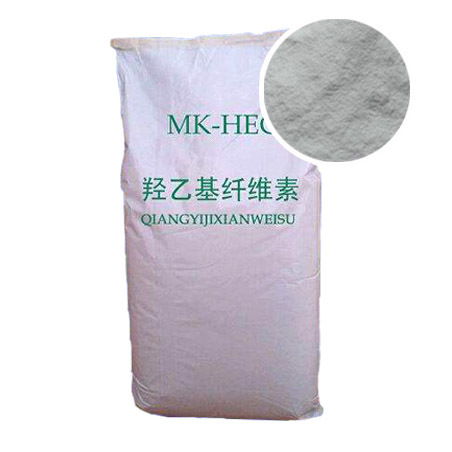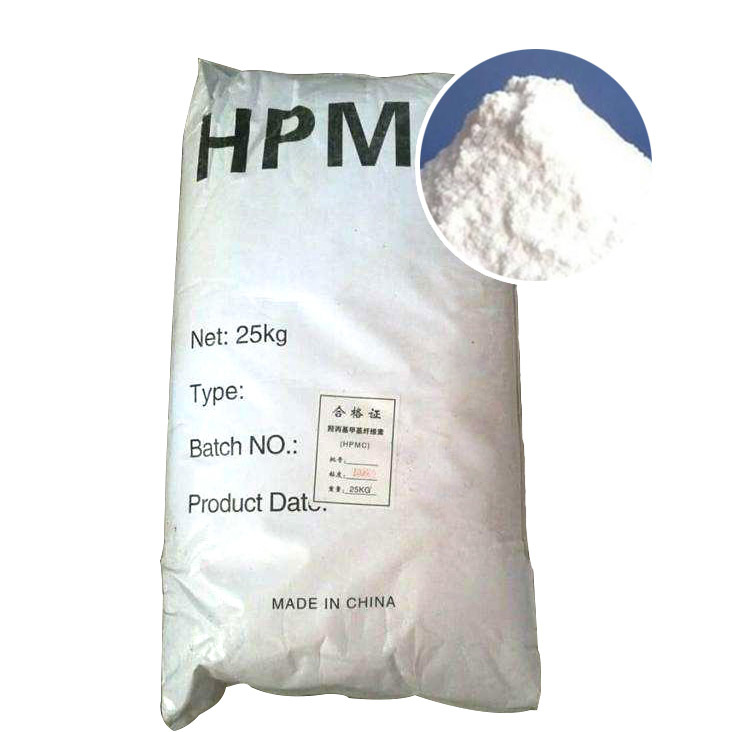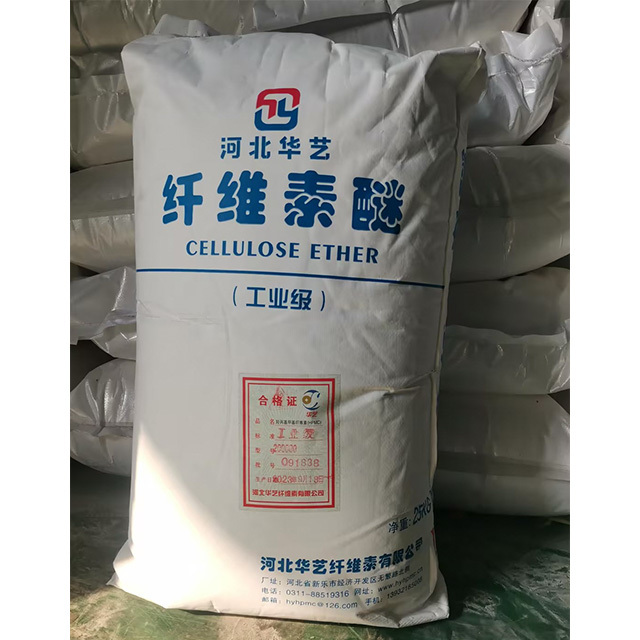Welcome to the official website of Hebei Huayi Cellulose Co., Ltd!
Product classification
Contact Us
Address: North of Wufan Road, Xinle Economic Development Zone, Hebei Province
Telephone:0311-88519316
Manager Chen (WeChat with the same number):13932185008
E-mail:hyhpmc@126.com
Hydroxyethyl cellulose
Classification:
医药
石油
石油
日化
陶瓷
合成树脂
Detailed introduction
Chinese name:Hydroxyethyl Cellulose
English name:Hetastarch
Chinese alias:HEC;
English alias:Hydroxyethyl Cellulose; Hydroxyethyl cellulose ether; Hydroxyethyl ether cellulose; Natrosol; Natrosol 240JR; Natrosol 250 H; Natrosol 250 HHR; Natrosol 250 M; Natrosol L250; Natrosol LR; HEC;
CAS number:9004-62-0
Molecular formula:C2H6O2·x

English:Hydroxyethyl cellulose CAS: 9004-64-2 Properties: This product is a white powder, odorless and tasteless, burns slowly; equilibrium moisture content: 6% at 23℃ 50% rh, 29% at 84% rh. The pH value has little viscosity change in the range of 2-12, but viscosity decreases beyond this range.
Important properties:As a non-ionic surfactant, Hydroxyethyl Cellulose not only has thickening, suspending, bonding, floating, film-forming, dispersing, moisture-retaining, and protective colloid functions, but also has the following properties:
1. HEC is soluble in hot or cold water, generally insoluble in most organic solvents; it does not precipitate at high temperatures or boiling, giving it a wide range of solubility and viscosity characteristics, and non-thermally gelled.
2. Being non-ionic, it can coexist with a wide range of other water-soluble polymers, surfactants, and salts, making it an excellent colloidal thickener for solutions with high concentrations of electrolytes.
3. Its moisture retention capacity is twice that of methyl cellulose, with good flow regulation.
4. The dispersing ability of HEC is the weakest compared to the recognized methyl cellulose and hydroxypropyl methyl cellulose, but it has the strongest protective colloid ability.
Solutions and preparation methods main applications:
1. This product can be used as a dispersant for water-based gel fracturing fluids in oil extraction, as well as for polymers such as polyvinyl chloride and polystyrene. It can also be used as a latex thickener in the paint industry, a cement retarder and moisture-retaining agent in the construction industry, a glazing agent in the ceramics industry, and a toothpaste adhesive. It is also widely used in industries such as printing and dyeing, textiles, papermaking, pharmaceuticals, hygiene, food, tobacco, and pesticides.
2. Mainly used as a surfactant, colloidal protector, emulsifying stabilizer for emulsion polymerization of vinyl chloride, vinyl acetate, etc., as well as a thickening agent, dispersant, and dispersing stabilizer for latex. It can also be used as a sizing agent in the textile industry, and as an aid for bonding, thickening, emulsifying, and stabilizing in the electronics and light industry, as well as for water-based gel fracturing fluids in the oil industry.
3. Used as an adhesive, surfactant, colloidal protector, dispersant, emulsifier, and dispersing stabilizer. It has a wide range of applications in coatings, inks, fibers, dyeing, papermaking, cosmetics, pesticides, mineral processing, oil extraction, and pharmaceuticals.
4. Used as a thickening agent. It has thickening, suspending, bonding, emulsifying, dispersing, and moisture-retaining properties, and can prepare solutions with different viscosity ranges.
Our company's (factory) product main functions:
1. Generally used as a thickening agent, protective agent, adhesive, stabilizer, and additive for preparing emulsions, gels, ointments, washes, eye washes, suppositories, and tablets. It is also used as a hydrophilic gel, scaffold material, for preparing scaffold-type sustained-release preparations, and can also be used as a stabilizer in food applications.
2. Used as a sizing agent in the textile industry, and as an aid for bonding, thickening, emulsifying, and stabilizing in the electronics and light industry.
3. This product can be used as a dispersant for water-based gel fracturing fluids in oil extraction, as well as for polymers such as polyvinyl chloride and polystyrene. It can also be used as a latex thickener in the paint industry, a cement retarder and moisture-retaining agent in the construction industry, a glazing agent in the ceramics industry, and a toothpaste adhesive. It is also widely used in industries such as printing and dyeing, textiles, papermaking, pharmaceuticals, hygiene, food, tobacco, and pesticides.
4. Mainly used as a surfactant, colloidal protector, emulsifying stabilizer for emulsion polymerization of vinyl chloride, vinyl acetate, etc., as well as a thickening agent, dispersant, and dispersing stabilizer for latex. It can also be used as a sizing agent in the textile industry, and as an aid for bonding, thickening, emulsifying, and stabilizing in the electronics and light industry, as well as for water-based gel fracturing fluids in the oil industry.
5. Used as an adhesive, surfactant, colloidal protector, dispersant, emulsifier, and dispersing stabilizer. It has a wide range of applications in coatings, inks, fibers, dyeing, papermaking, cosmetics, pesticides, mineral processing, oil extraction, and pharmaceuticals.
| Quality indicators of Hydroxyethyl Cellulose | |
| Project name | Standard requirements |
| Appearance | White or slightly yellow fibrous, granular, or powdered solid |
| Degree of substitution | 1.8-2.3 |
| Fineness | 98% through 80 mesh. |
| Viscosity(Brookfield RVT 2%, 20℃) | 5000cps-50000cps |
| Weight loss in drying (wt%) | ≤6 |
| Ash content (wt%) | ≤8 |
| pH value | 5.0—9.0 |
Through the above understanding, hydroxyethyl cellulose can be used in so many industries and has a wide range of Applications. We can choose to use it according to our needs.
Key words:
Online Inquiry
Fill in your phone number and E-mail information, and we will contact you as soon as possible.










